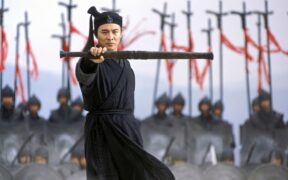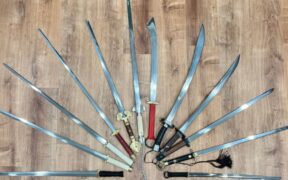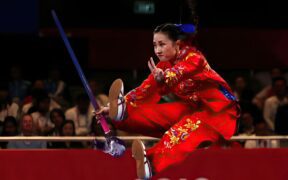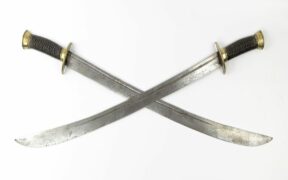Our content features commercial links to our products, committed to transparent, unbiased, and informed editorial recommendations. Learn More
Chinese Dual Swords: The Perfect Pair for Martial Arts
NO AI USED This Article has been written and edited by our team with no help of the AI
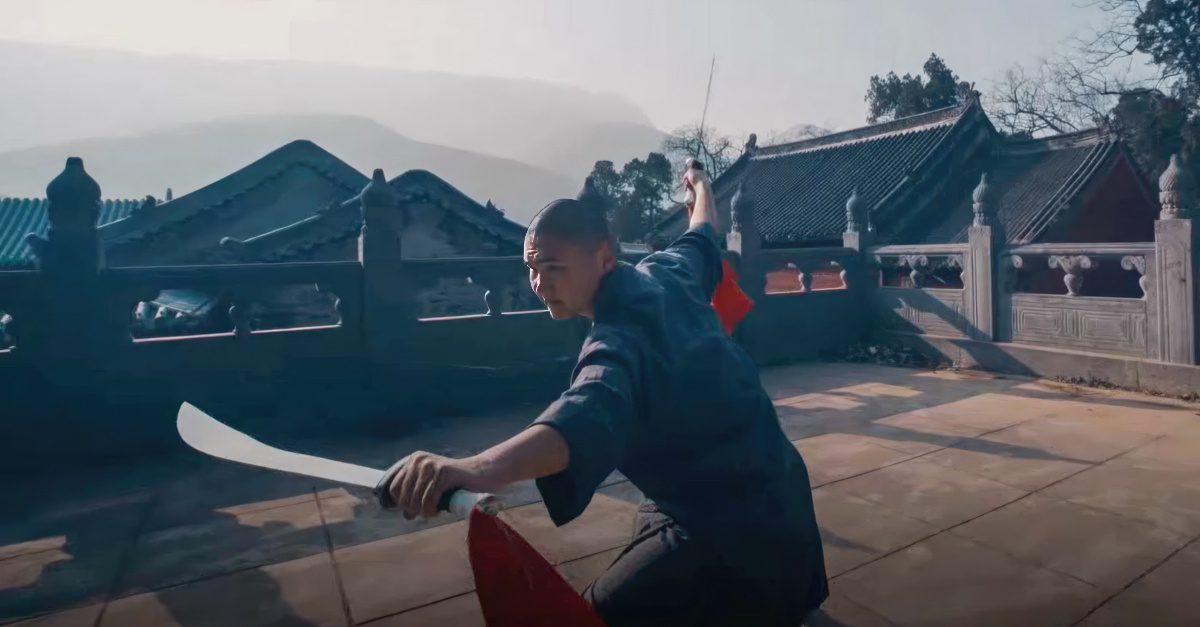
Swords are some of the most intriguing tools used throughout history as weapons of combat, entertainment instruments, or simply a piece linked with mythological, spiritual, and martial arts. Because of their popularity and high status, some societies have used and still use dual swords for all of these purposes.
A great example of this is the Chinese dual sword. These swords are usually shorter, which gives them lighting speed and spectacular training and entertainment properties. In this article, we will go through the most popular types of Chinese dual swords, explain their importance in martial arts, and discuss whether or not they have been used in combat.
Butterfly Swords
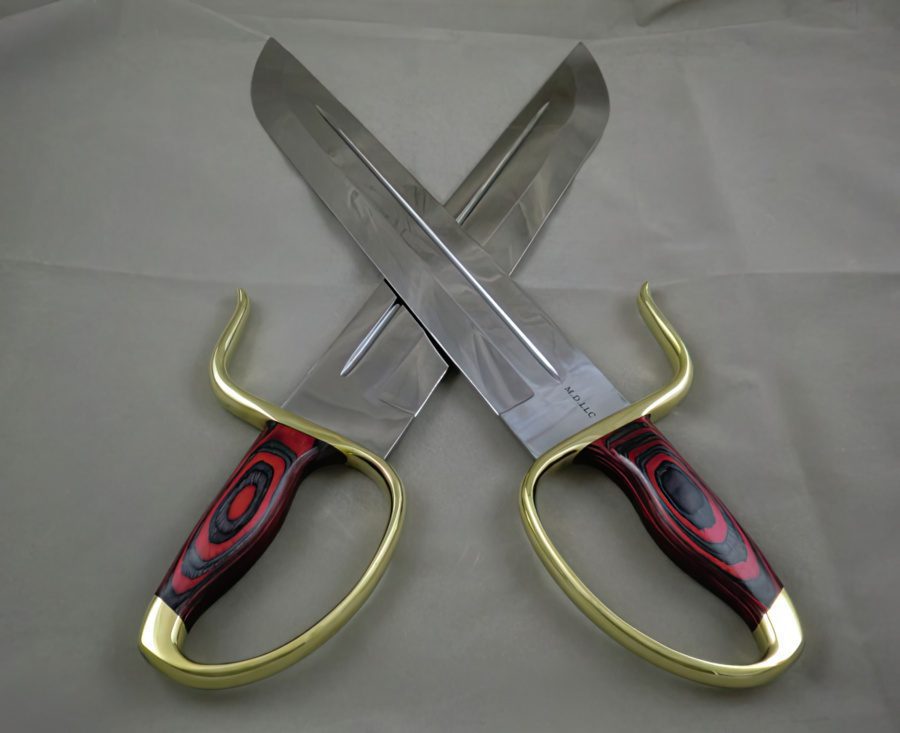
The most popular Chinese dual-wielding sword is the Butterfly Sword, sometimes called Hudieado. They are most commonly seen in modern media, such as anime, movies, and books. Although they are historical dual-wielding swords, they are usually given some fantasy connotation and elements.
Small, around 12 to 16 inches (30 to 40 cm), they offer fast and precise strikes. Butterfly swords are commonly used for entertainment and are very popular in martial arts as they mimic the same movements as an unarmed student. They have broad blades, which makes the ability to slash their primary attribute. They come in many different shapes and sizes.
Shuang Jian
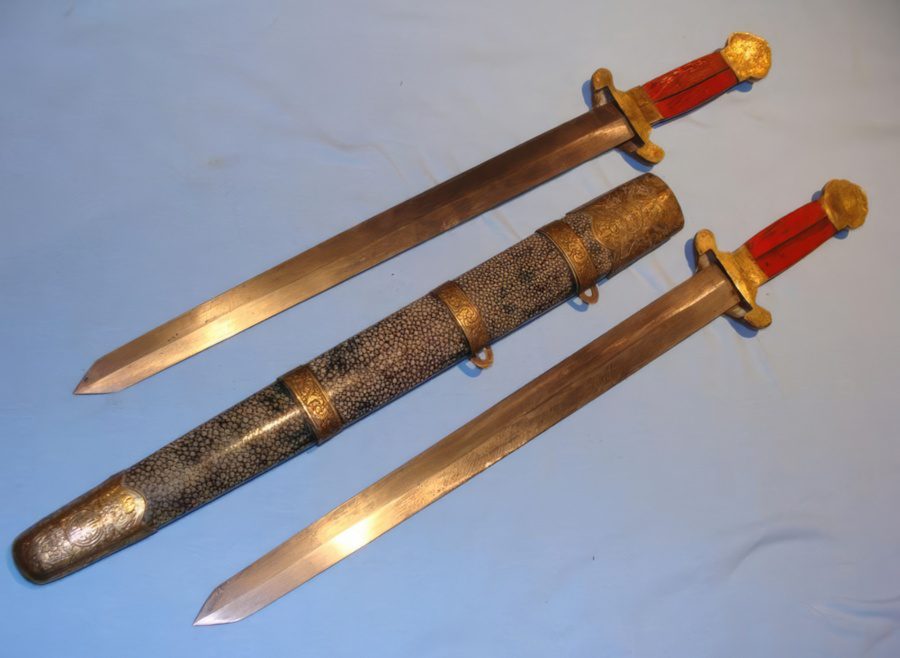
The double or dual-wielded Jian, or traditional Chinese double-edged straight sword, is called the Shuang Jian. These are small dagger-like short-swords with a length of around 8 to 18 inches (20 to 45 cm) with pointy blade tips and straight blades that can be used for both slashing and thrusting purposes.
Their most common use is for entertainment and training in martial arts, such as Chinese Wushu or Kung Fu. Another use for the Shuang Jian is as a ceremonial or nobility tool that would be highly decorated and passed down from generation to generation or given as a gift. Today they are one of the most popular souvenir swords to buy while traveling in China.
Hook Sword
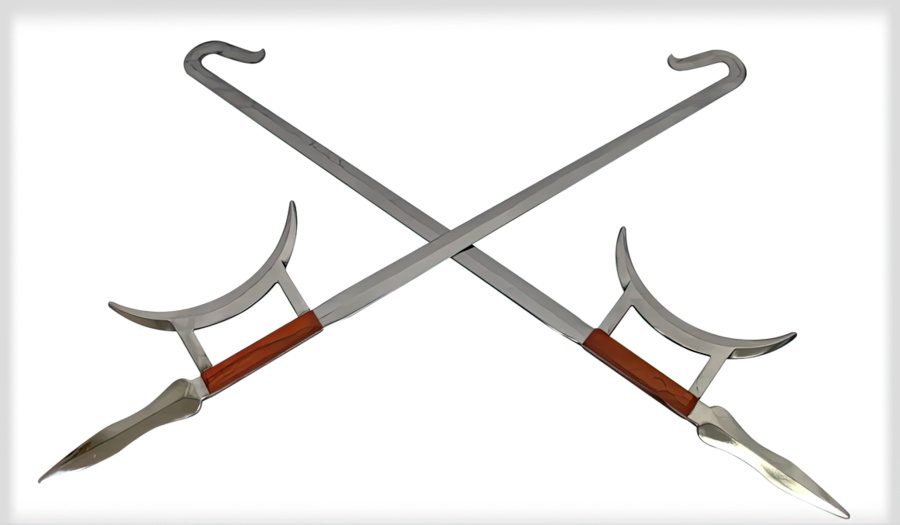
The Hook Sword is a Chinese dual sword with a most intricate and unorthodox design. It is a weapon that is usually used with one in each hand, but there are cases where it is long enough to be used as a two-handed weapon. It has a sharp pommel, a curved single-edged guard, and a hook-like tip for hooking weapons or shields.
The most usual length for the dual-wielded hook sword is around 20 inches (50 cm), but there are smaller ones as well. It is a popular entertainment tool in Chinese sword dances and theatre plays. Although they provide unique advantages, they haven’t been used in warfare or combat scenarios.
Gunbei Shuangdao
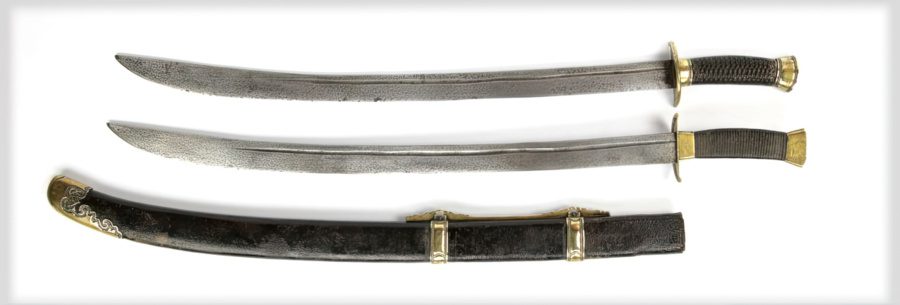
Any type of Dao sword, or single-edged curved or straight-bladed weapon, that is small and light enough to be wielded with one in each hand is called a Gunbei Shaungdao. Its length can be as short as 18 inches (45 cm) but can reach up to 39 inches (1 meter).
These swords have been utilized throughout Chinese history but are rarely used as duel-wielding tools. They are the most common sights in martial arts and all forms of Chinese entertainment sword dances or activities.
Chinese Dual Swords in Martial Arts
Many classic setups go beyond sword-on-sword combat to show how swords interact with other weapons. Some of these matchups have gone down in history, such as using a sword against a spear or an axe, and some feature the unarmed against someone wielding one or two swords or other weapons.
Mastery of melee weapons also includes using two weapons simultaneously with mostly shorter swords. These fundamental ideas and lessons can be easily applied to empty-hand strategies, such as dealing with opponents who are taller or larger than the wielder.
Most dual swords are seen as an enhancement to the user’s hands and are handled in the same way and with the same motions. They can be used for slow meditation movements, entertainment like Chinese sword dancing, core strength training, and self-defense.
Can Dual Swords be used in Combat?
Dual-wielding swords exist in history and are seen throughout different parts of the world. Unlike those shown in modern media in major-scale battles, dual-wielding swords in warfare seldom happened.
This is also the case for the Chinese dual swords. They were utilized mostly as training instruments and linked with the martial art culture. Aside from that, are cases where dueling or fencing has occurred with these types of swords. Most notably, these Chinese swords have been given to local militias or common folk to use for self-defense against unarmored or unarmed enemies.
